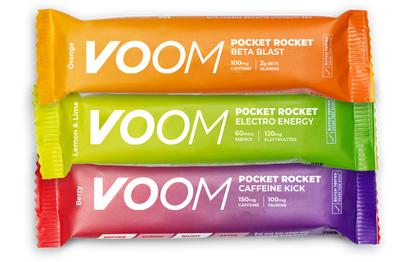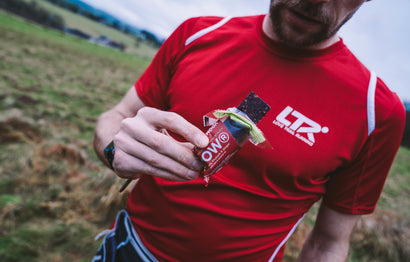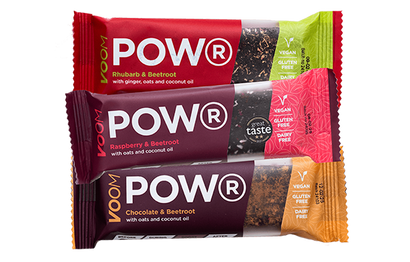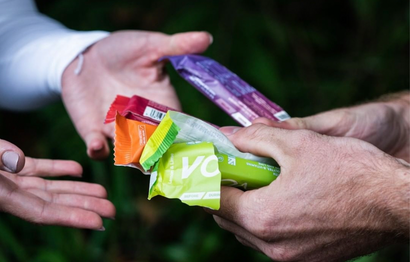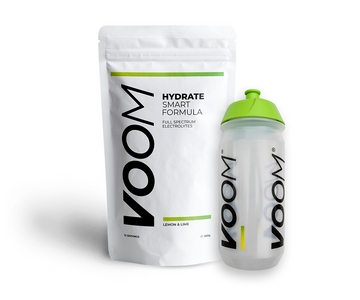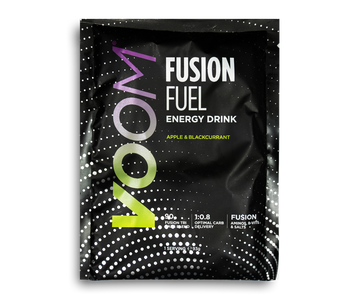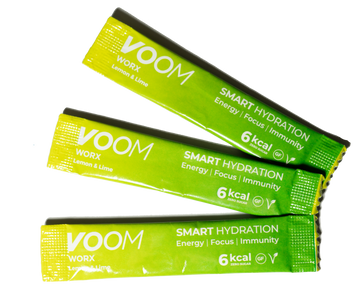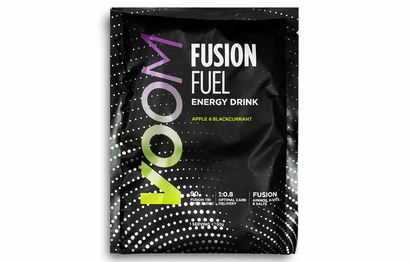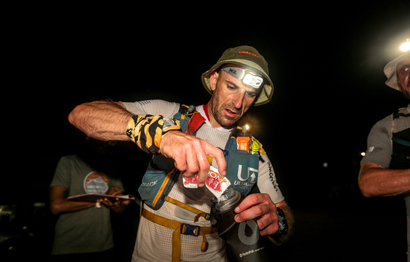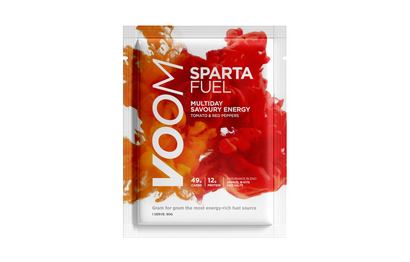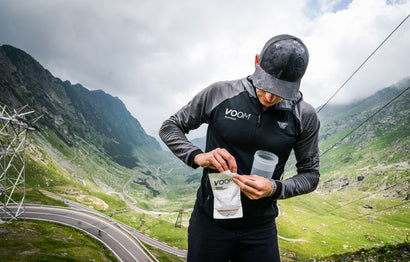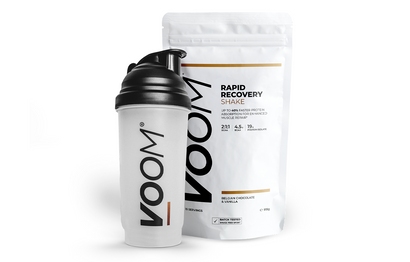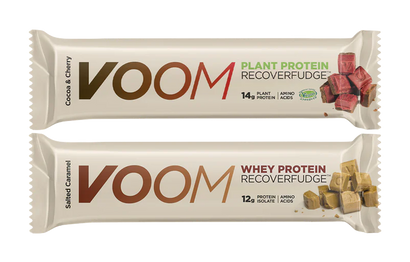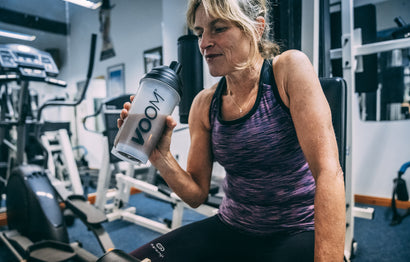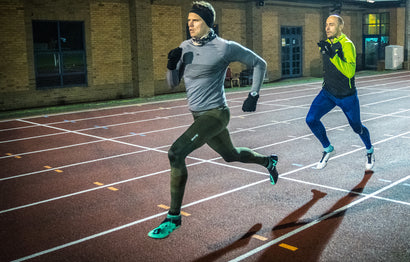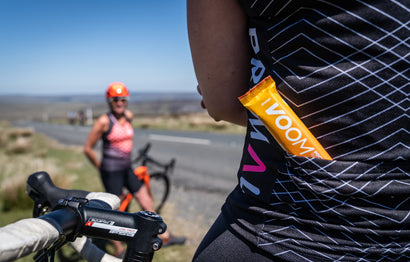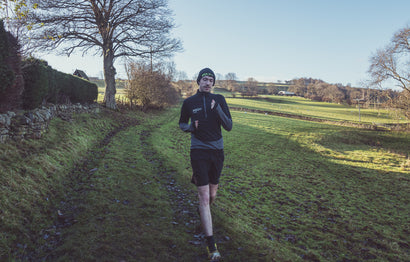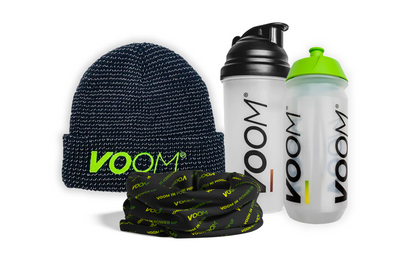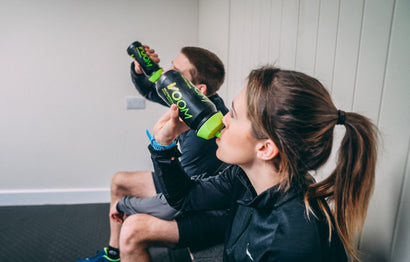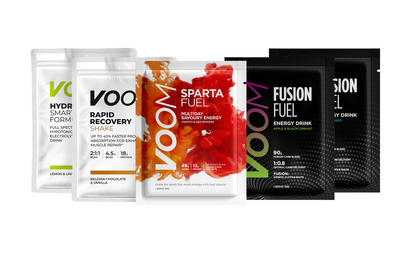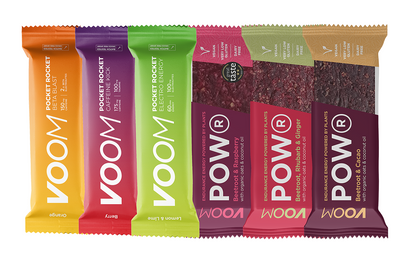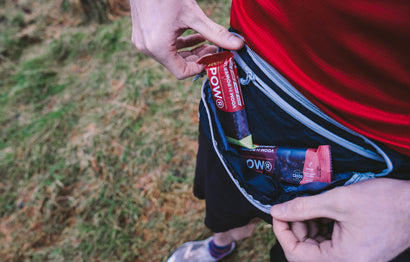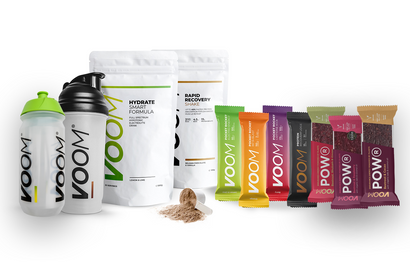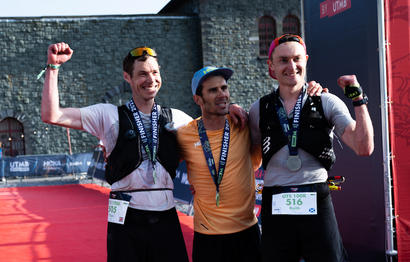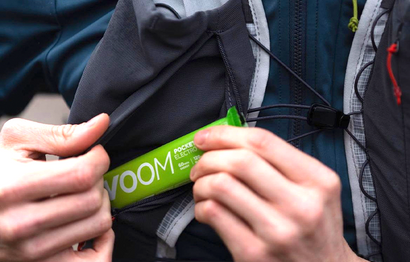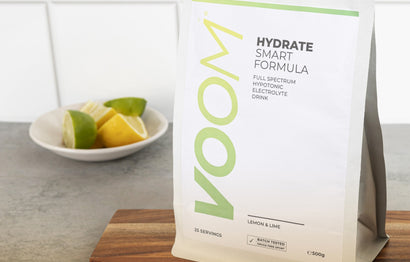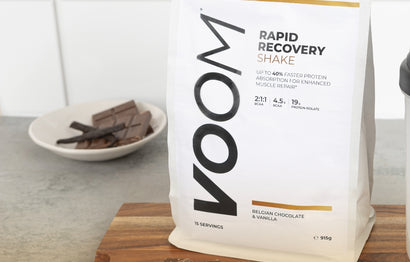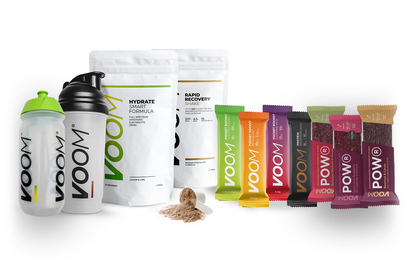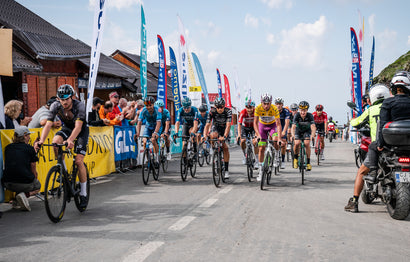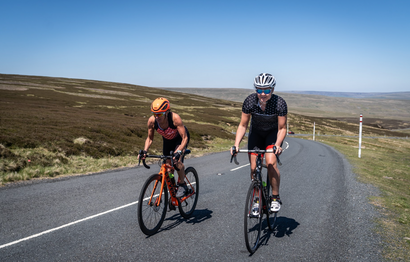What are carbohydrates?
Th main function of carbohydrates is as the primary source of energy required by the body on a daily basis (Daries, 2012). Carbohydrates function as an energy source, without which the body will find other, less efficient sources which are more difficult to use for energy. To sustain the desired level of energy during sports training and competition, carbohydrates are essential. Some examples of carbohydrates would be starchy or sugary foods such as potatoes, rice and sugary energy drinks.
Why do we need carbs?
Carbohydrates are an essential macronutrient for humans as the body breaks them down into glucose which is used for energy. The glucose is transported around the body in the blood stream to the areas where it is required for energy production such as for muscle contractions and other vital functions within the body. Obviously a good supply of energy for muscle contractions is beneficial for sporting performance.
Is sugar a carbohydrate?
Sugar is an example of a carbohydrate but carbs are commonly mistaken with sugar alone. This is a misunderstanding that needs to be rectified. Carbohydrates encompass a variety of foods; wholegrains, vegetables, fruits, starches, sugars, cereals, and legumes, to name a few (Daries, 2012). Refined sugar is an example of a simple carbohydrate as are fructose and lactose, so foods containing simple carbs tend to include syrups, fruits, milk and milk products.
What are complex carbohydrates?
Carbohydrates vary due to the chemical chain within their structure with complex carbs having longer chains. The longer the chain, the longer it takes to break down into glucose, which is the simplest form used by the body for energy. The longer it takes to be used, the better it is for the body’s homeostasis or chemical balance. Complex carbs tend to come from wholegrain foods such as cereals, rice and pasta.
During exercise this balance is interrupted by either the metabolism of fat or glucose for fuel and the resultant by-products. As carbohydrates are the most easily accessible fuel for energy, the body starts to transport carbs to where they’re needed, either for immediate use or for storage. Therefore when preparing for exercise longer chained carbohydrates are recommended to give a steady supply of energy over a longer duration. Conversely, shorter chained, more readily available simple carbohydrates, are recommended during and shortly after exercise (Daries, 2012).
How are carbohydrates used for performance?
Comparing energy sources...
In order for fat to be used as a fuel, oxygen is required; this is described as fat oxidation and is known as aerobic training. During low intensity exercise (<63% HRmax) for example walking or light jogging, the body will be able to use oxygen easily (Riebe, 2018). Therefore, fat oxidation, or the use of fat takes priority. As intensity increases (>77% HRmax) the need for oxygen increases but the rate at which this occurs is limited (Riebe, 2018). As the need begins to outweigh the delivery of oxygen the use of fat for fuel is not able to increase further, despite the increase in energy demand. As a result glucose is required as the source for the additional energy at this point.
Energy is derived of the breakdown of nutrients. As the body uses the energy produced from glucose there is an immediate need to replenish it, or the body will easily fatigue (Jeukendrup, 2010). Fatigue will stop you from getting the results you want by reducing strength and speed of muscle contractions.
How to avoid hitting the wall (carb depletion)
Specific types of carbs can be taken in prior to or during training or competition to combat the effects of fatigue associated with carbohydrate depletion. It is highly recommended to find the most rapid and resourceful supply of energy to consume during, or just before, onset of fatigue during exercise (Daries, 2012). Read why many people opt for energy gels and how this might work.
This is where VOOM Pocket Rocket Energy Bars plays an important role. Our Beta-Blast will prepare your muscles for the stress which comes from exercise by topping up glucose stores and boosting levels of muscle carnosine which buffers against lactic acid. Our Caffeine Kick delivers fast-acting energy to your muscles during your bout of exercise as well as caffeine and taurine to give you a mental and physical lift.
REFERENCES
Daries, H 2012, Nutrition for Sport and Exercise : A Practical Guide, John Wiley & Sons, Incorporated, Hoboken. Available from: ProQuest Ebook Central. [15 May 2019].
Jeukendrup, A.E. & Gleeson, Michael, 2010. Sport nutrition : an introduction to energy production and performance 2nd ed., Leeds: Human Kinetics.
Riebe, D. et al., 2018. ACSM's guidelines for exercise testing and prescription Tenth., Philadelphia [Pennsylvania]: Wolters Kluwer.


